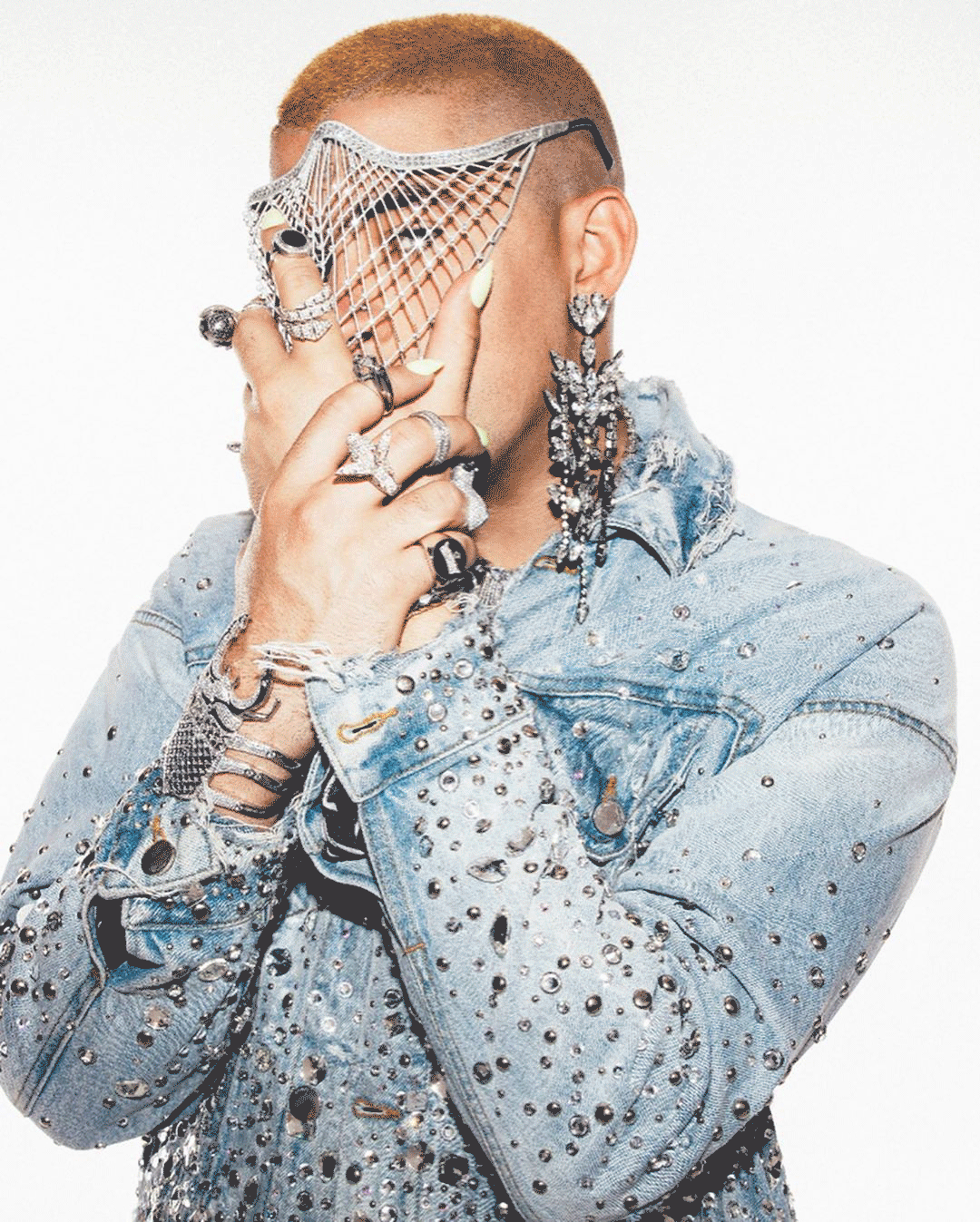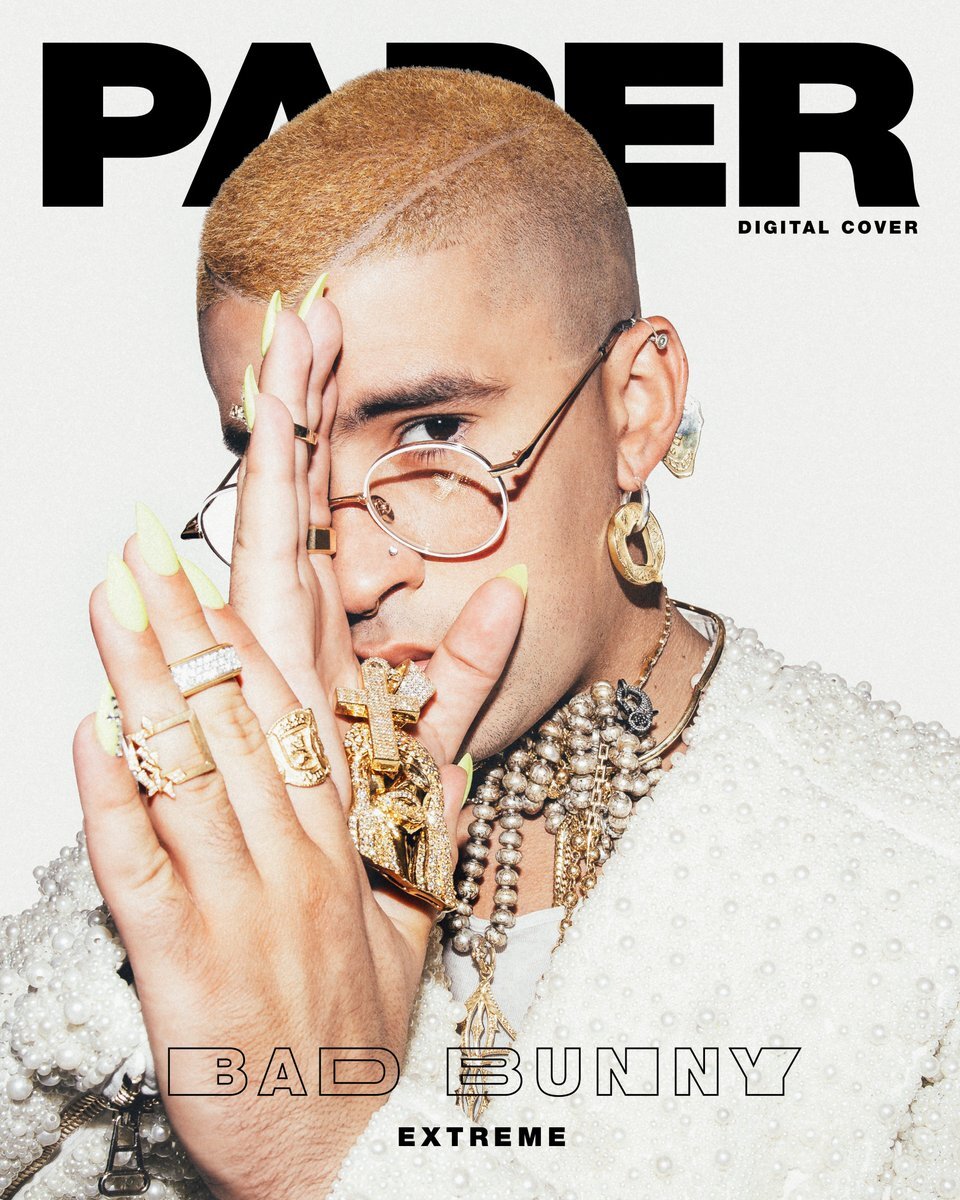Bad Bunny: Latin Trap Rapper, Emerging Fashion Icon, and Champion for a New Latinx Identity
As a freshman in the fall of 2017, I was shocked to hear reggaeton playing at parties around campus, on Upper Sproul, and occasionally over the speakers at The Den outside Crossroads. Having grown up primarily in New York City (one of the birthplaces of reggaeton due to the city’s large Puerto Rican community) this genre has always been a part of my life. I was pleasantly surprised, however, to see how much the Bay Area loved this cultural art form as well. But one morning, as I grabbed a coffee at the Den before heading to class, I heard a classic “trap” beat accompanied by a distinctly deep voice rapping in Spanish with a heavy Puerto Rican accent. I was shocked and amused. I was hearing latin trap for the first time. I was hearing Bad Bunny.
He’s the Puerto Rican Latin-trap rapper who’s made waves in the music and fashion industries, and in just three years Bad Bunny has become one of the most popular Latinx artists around. Most people know him for his distinctive, deep voice and for featuring on smash hits alongside artists like Cardi B and J Balvin. But since his rise to fame, he’s become a known figure in the fashion community for his style and expression through clothing and accessories.
Bad Bunny can be found on stage, on red carpets, or on the cover of Paper Magazine wearing anything from ornate small sunglasses, decorative acrylic nails, flashy gold jewelry, and cool designs shaved into his buzz cut. In a similar vein to rappers like ASAP Rocky, Bad Bunny is following a pattern of young artists who have used fashion to explore creative ideas beyond music. Though musicians like Rihanna and Kanye West have taken to the fashion industry to explore creative endeavors, Bad Bunny’s style perspective pushes the boundaries of Latinx identity by challenging norms about masculinity, gender identity, sexuality, and machista culture.
In the summer of 2018 the Puerto Rican rapper posted on Instagram chastising a nail salon in Spain that refuse him service because of his gender. Enraged by the discrimination he experienced, Bad Bunny channeled that energy into using nail art not just as a form of expression, but a tool for protest against cultural norms about masculinity. Since then, his use of acrylic nails has become a signature of his personal style and works to normalize this practice amongst men. Though he’s identified himself as a cisgendered heterosexual male, Bad Bunny has been explicit about how much the Latinx LGBTQIA+ community has influenced his fashion perspective and on many occasions has paid homage and due credit to style born out of that community.
In a genre dominated by men and riddled with machista culture – the spanish word for strong masculine pride – Bad Bunny stands out as one of the loudest voices challenging the status quo. His lyrics often champion self-love, healthy romantic relationships, and promote acceptance of the LGBTQIA+ community. He uses style as a way to live life unapologetically while also pushing the Latinx community to reject traditional ideas around gender and sexuality. All this makes him a sorely needed Latinx artist, understanding the value of representation, personal identity and equality.
Words by Manuela Abenante
Graphics by Rebecca Wong




